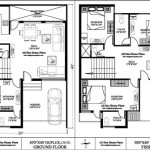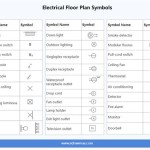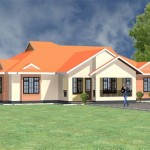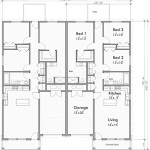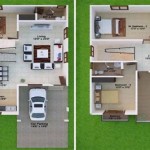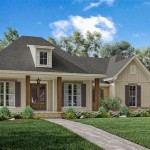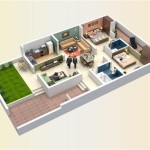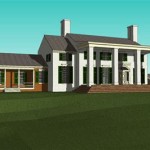Essential Aspects of Wood House Design Plans
Designing a wood house requires careful consideration of several essential aspects. These factors influence the overall functionality, aesthetics, and structural integrity of your future home. By understanding these key elements, you can create a design that meets your specific needs and preferences.
1. Foundation and Framing:
The foundation is the backbone of your house. Choose a strong foundation type that can withstand the weight of the structure and soil conditions. The framing involves the skeleton of the house, including the studs, joists, and trusses. Proper framing ensures stability and durability.
2. Roof Design:
The roof protects your home from the elements. Consider the slope, pitch, and material. A well-designed roof complements the overall aesthetics and efficiently sheds water and snow.
3. Wall Construction:
Walls provide insulation, privacy, and support. Determine the thickness, material, and insulation value based on climate conditions and building codes. Pay attention to windows and doors for natural lighting, ventilation, and access.
4. Floor Plan:
The floor plan determines the layout of your home, including the number of rooms, their size, and how they connect. Consider traffic flow, natural lighting, and the functional needs of your family.
5. Windows and Doors:
Windows and doors provide natural lighting, ventilation, and access to the outside. Choose energy-efficient models that complement the aesthetics and enhance the overall comfort of your home.
6. Exterior Finishes:
The exterior finishes affect the look and durability of your house. Siding, roofing, trim, and paint play a crucial role in protecting the structure from the elements and expressing your design preferences.
7. Mechanical Systems:
Mechanical systems include heating, ventilation, air conditioning, and plumbing. Plan for efficient and reliable systems that meet building codes and provide a comfortable indoor environment.
8. Structural Integrity:
Your wood house must be structurally sound to withstand wind, snow, earthquakes, and other potential hazards. Ensure adequate reinforcement, bracing, and connections throughout the design.
9. Climate Considerations:
The climate significantly influences the design of a wood house. Determine the local climate conditions, such as temperature, precipitation, and wind patterns, and incorporate features that enhance energy efficiency, insulation, and weather resistance.
10. Site Planning:
Consider the orientation of the house on the lot for optimal sunlight and views. Plan for driveways, walkways, patios, and landscaping to complement the overall design and create outdoor living spaces.
By carefully considering these essential aspects, you can create a wood house design that meets your needs, enhances your lifestyle, and provides a safe and comfortable living environment for your family.
Wooden House Plans

Wooden House Plan Elevation And Section Detail Dwg File

Wooden House Plans Timber Home Design 148 M²

Modern Wood House Plans Tradition In Contemporary Lines

Wooden House Plans

Cheerful Wooden House Plan

Wood Haven House Plan Modern Farmhouse One Story

Wooden House Plans

Small Wooden House Design

Wooden House Plans French Home Achille 130 M²

